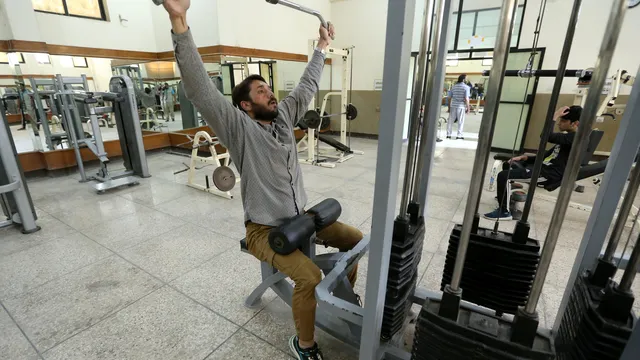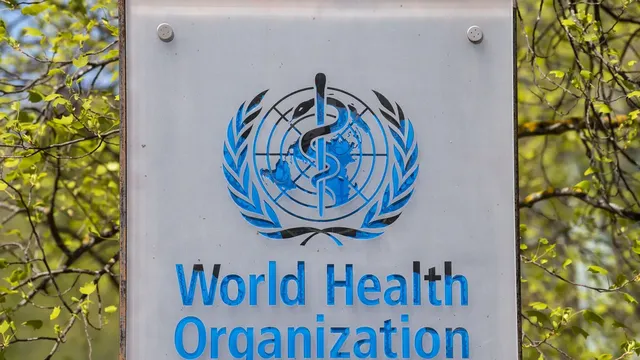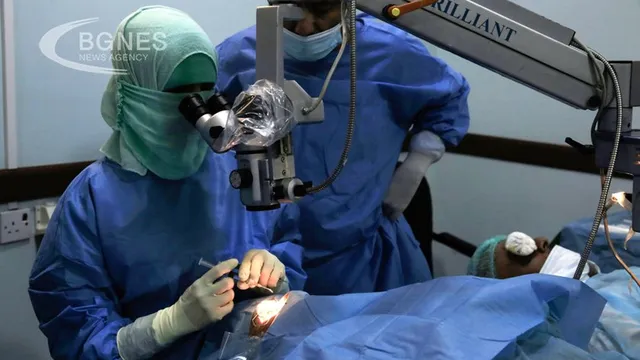It's never too late to start exercising, according to a new study, and people who switch from an inactive to an active lifestyle in adulthood can reduce their risk of mortality by 22%, reports Euronews.
Health experts, scientists and medical organizations agree that physical activity is good for the body as well as the mind. What's not so clear is exactly how much exercise helps, which activity patterns are most effective and at which stages of life it's most important.
The new study, published in the British Journal of Sports Medicine (BJSM), aims to answer these questions by finding out how physical activity in adulthood can affect the risk of death from heart disease, cancer and other health problems.
Researchers analyzed data from 85 studies of varying sizes. The number of participants in each study ranged from 357 to more than 6.5 million participants.
Overall, the analysis found that exercise in adulthood can provide significant health benefits, reducing the risk of mortality by 20 to 40 percent.
Specifically, adults who are regularly active can reduce these risks by up to 30-40%.
And even those who switch from an inactive to an active lifestyle can reduce their risk of death from any cause by about 22%.
Physical exercise does not seem to reduce all health risks equally. For example, it is associated with a 30-40% lower risk of death from heart disease, but the links to cancer mortality are not as clear.
Interestingly, not all types of exercise have the same effect on adult health.
The paper suggests that adults who exercise in their leisure time may reduce their health risks to a greater extent than people who are active by chance at work or at home.
Some experts argue that the relationship between fitness and mortality risk is slightly different than the latest study suggests.
"Based on this kind of research, we can't say with much confidence to what extent this lower mortality risk is due to differences in activity or to other different factors," said Marcel Balin, who studies physical activity and health at Uppsala University in Sweden.
This could include genetics and environmental exposures that affect people's health and well-being.
For example, a study published in the European Journal of Epidemiology earlier this year found that genetics plays a significant role in mortality risk. Although physical activity is important, longevity reflects people's overall health, not just this one factor, the study found.
Balin suggests the latest results should be taken with a grain of salt.
"What we can say is that if you belong to a group that is more active than average, and you are consistently active or increase your activity over time, that seems to be good for mortality risk," he said.
"But we need to be more careful when we attribute lower mortality to activity itself," the expert added. | BGNES

 Breaking news
Breaking news
 Europe
Europe
 Bulgaria
Bulgaria







